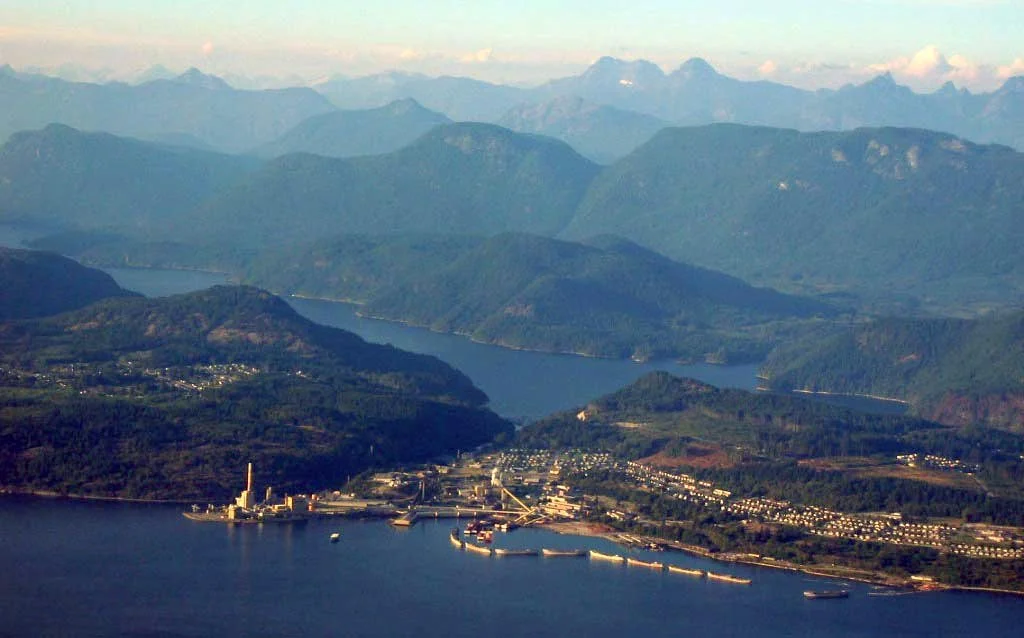Concrete Ships Built in Tampa Shipyard Can Now Be Found All Over the World
TAMPA — Along the banks of the Port of Tampa, a historic shipyard once played host to one of the most unusual wartime engineering efforts in U.S. history: the construction of 24 concrete ships during World War II.
Built at the McCloskey Shipyard between 1943 and 1944, these massive vessels were created out of necessity. At the height of the war, steel was in short supply, diverted to tanks, planes, and munitions. In response, the U.S. turned to an unlikely shipbuilding material — reinforced concrete — as a substitute.
Now, more than 80 years later, these Tampa-made ships can be found scattered across the globe, repurposed in creative and surprising ways. Some rest along the coast of Canada’s British Columbia, forming a breakwater at Powell River. Others lie off the shores of Virginia at Kiptopeke State Park, serving the same function. Two made it all the way to the beaches of Normandy, France, where they were deliberately sunk to form part of the D-Day "Gooseberry" breakwaters that protected Allied landing forces in June 1944.
The ships, each named after an engineering pioneer, were built using a standardized design. Though not as agile, fast, or durable as their steel counterparts, they got the job done. They hauled refrigerated cargo ranging from sugar to frozen goods like ice cream, and they played a quiet but crucial role in the Allied supply chain.
Youtuber Phil Edwards recently investigated the history of the 24 concrete ships produced in the Tampa shipyard. “The raison d’être of all of this is a scarcity of steel,” explained historian Richard Lewis in Edwards’s video. “Concrete ships were the best idea within constraints.”
Their construction was not without challenges. The first three concrete ships produced at the Tampa shipyard were damage during launch because of improper ballasting, a problem caused in part by fragile nature of cured concrete. But once afloat, they proved surprisingly resilient.
After the war, most concrete ships were decommissioned and scrapped. But because they were difficult to recycle, many found second lives in coastal infrastructure — sunk deliberately to calm harbors, protect docks, or even serve as artificial reefs. Pieces of the ships’ fittings, like doors and plates, ended up in homes along the coastlines where they settled.
The McCloskey Shipyard’s wartime creativity has left a quiet legacy far from Tampa’s shores. Coastlines from France to Canada feature these old concrete ships in their new roles as breakwaters, ocean habitats, and even parts repositories for seaside homes.

